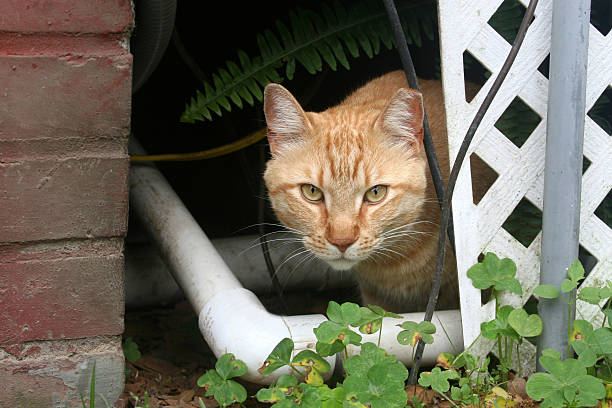As conscientious pet owners, we often seek natural remedies to address our feline companions’ well-being. Witch hazel, with its soothing properties, has gained popularity in various skincare routines. However, when it comes to our cats’ delicate ears, the question arises: Is witch hazel safe for cats’ ears? In this exploration, we delve into the potential benefits and risks, navigating the fine line between using witch hazel as an ear-cleaning solution and ensuring the safety of our beloved feline friends. Let’s embark on a journey to understand the considerations and cautions surrounding the use of witch hazel in the ears of our whiskered companions.
Understanding Witch Hazel:
What is Witch Hazel? Witch Hazel, scientifically known as Hamamelis virginiana, is a plant native to North America. It has been widely used for its therapeutic properties and is a common ingredient in various skincare products for humans.
Common Human Uses: Human uses of witch hazel include treating skin conditions, reducing inflammation, and acting as an astringent. It has a long history as a natural remedy for various skin issues.
Potential Benefits of Witch Hazel for Cats:
Mild Cleaning Agent: Witch hazel is considered a gentle cleaning agent and is sometimes used for pets to cleanse their fur. Its mild nature makes it a potential option for maintaining cleanliness in cats.
Skin Irritation Relief: The anti-inflammatory properties of witch hazel may provide relief from skin irritation in cats. It can be applied topically to soothe itching or discomfort caused by various skin conditions.
Wound Cleanser: In certain cases, witch hazel may be used as a wound cleanser for cats. Its antiseptic properties can help prevent infections and promote healing.
Ear Cleaning: Witch hazel is occasionally suggested for cleaning cat ears. However, it’s crucial to understand the safety aspects, as discussed in the next section.

Is Witch Hazel Safe For Cats Ears?
While some pet owners use witch hazel for cleaning cat ears, it’s essential to exercise caution. Always dilute witch hazel with water and use it sparingly. Consulting with a veterinarian before attempting any ear cleaning routine is advisable.
Case Studies and Anecdotal Evidence:
Soothing Skin Irritation: Several cat owners report success in using diluted witch hazel to soothe skin irritation in their pets. Dilution is key to avoiding potential adverse reactions.
Allergic Reaction: It’s essential to be aware that cats, like humans, can have allergic reactions to substances. Always perform a patch test and observe for any adverse effects before widespread use.
Anecdotal Evidence: Mild Cleaning: Some cat owners share positive experiences with using diluted witch hazel as a mild cleaning agent. However, these are anecdotal, and individual cat reactions may vary.
Veterinary Expert Opinions: Veterinarians recommend a cautious approach when using witch hazel on cats. While it may offer benefits, it’s crucial to consult with a veterinary professional to ensure the safety and appropriateness for individual cats.
Conclusion
Witch hazel, when used cautiously and with veterinary guidance, may offer certain benefits for cats. From mild cleaning to skin irritation relief, its properties can be harnessed for feline well-being. However, always prioritize your cat’s safety and consult with a veterinarian before introducing any new skincare or cleaning routine.
FAQs
Is witch hazel good for fleas on cats?
The efficacy of witch hazel for fleas on cats is not well-established. Consult with a veterinarian for appropriate flea control methods.
What does witch hazel do on flea bites?
Witch hazel may help soothe itching and inflammation caused by flea bites, but it’s not a substitute for proper flea prevention.
Why does witch hazel stop itching?
Witch hazel’s anti-inflammatory properties may contribute to relieving itching by reducing irritation and inflammation on the skin. However, individual responses may vary.


